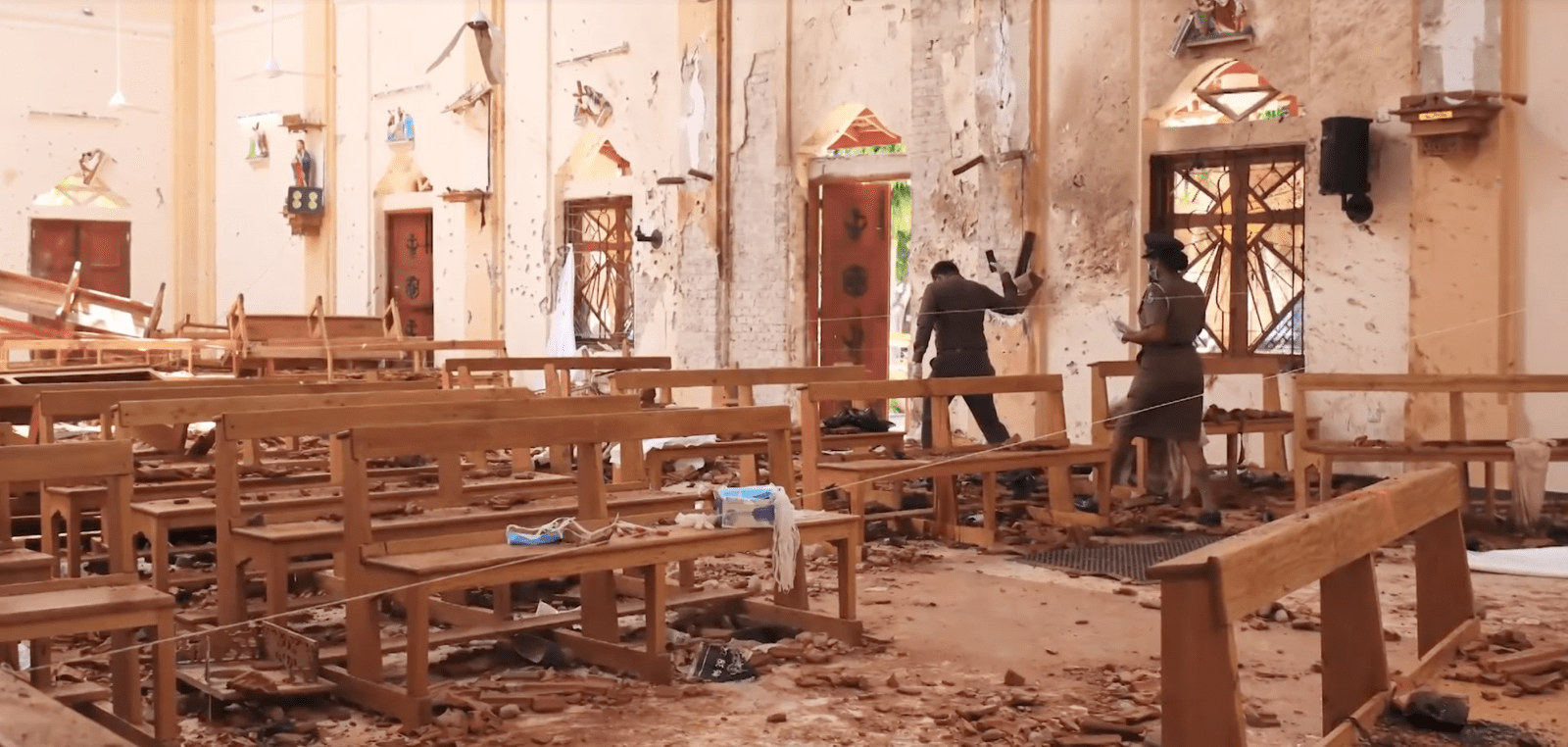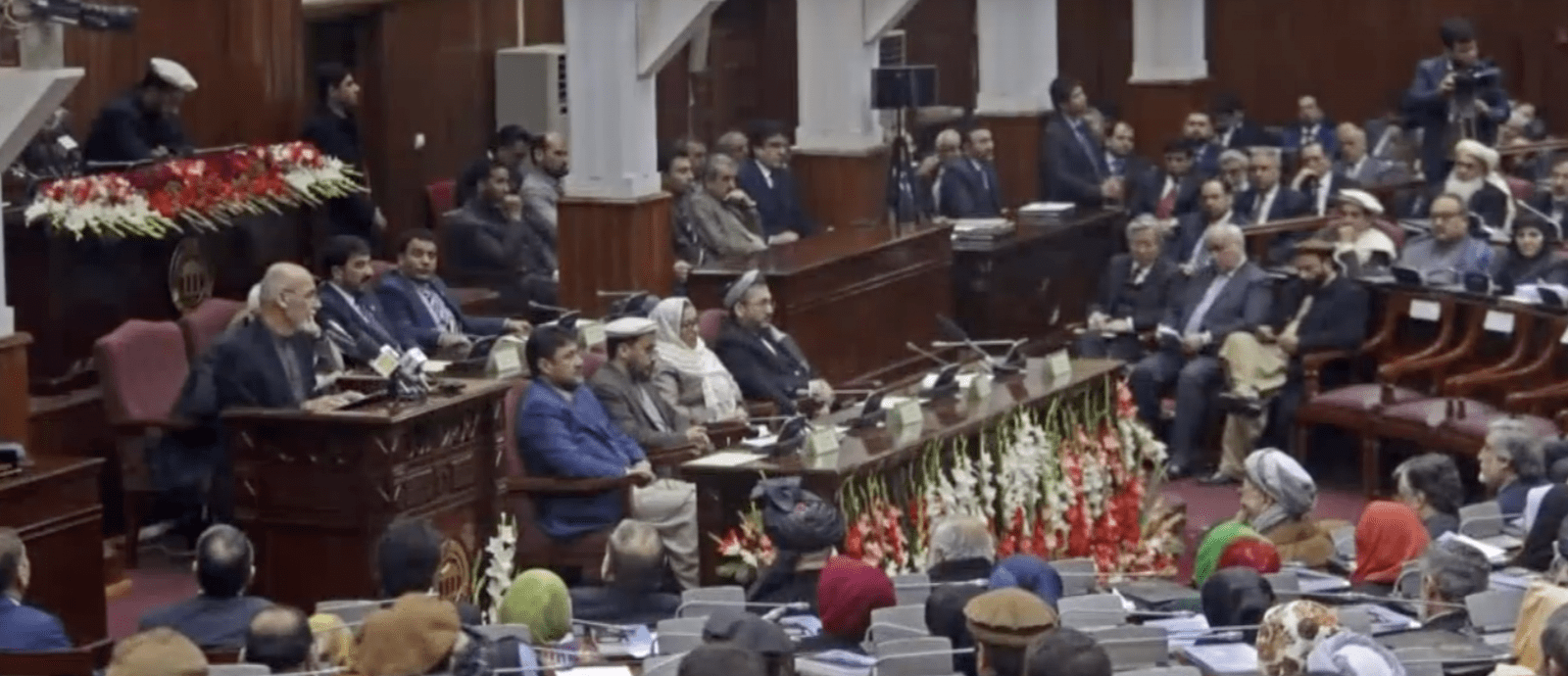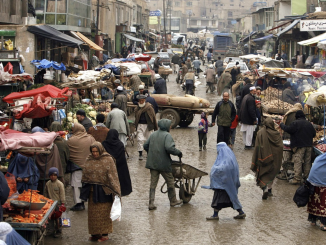
In an unfortunate series of events, Sri Lanka faced the worst tragedy historically over the Easter Sunday, on April 21, in which over 250 people died and almost twice that number were injured. No amount of condemnation of such attacks could be enough. The attacks were well planned and coordinated and occurred in a short span of time.
Although the initial blame of the attacks was apportioned on the National Thowheeth Jamaath (NTJ), a realization existed that the scale and plan of attack had a discourse of rather more ‘seasoned hands’ behind it, and NTJ was not capable of conducting such large scale and well-coordinated operations without backing from elsewhere. Another little known group Jammiyathul Millathu Ibrahim (JMI) was also suspected of being a party to this attack. NTJ gained some fame during December 2018, when they defaced four statues of Buddha, placed outside temples in a town of Mawanella located in Central Sri Lanka. These acts of vandalism could have been the result of rising Buddhist attacks against Muslims in Sri Lanka. But the significant question is how this small defacement group could gain so much power in such a short time to play havoc in the heart of Sri Lanka? The attacks of such magnitude need elaborate financing, planning cells, safe houses, bomb-making equipment and more importantly brainwashing and training of the suicide attackers.
The traditional rivalry has existed between the Muslims who make almost 10% of the population, and Buddhists in Sri Lanka who are almost 70% and NEVER between the Muslims and the 7% Christians’ population. During the well-known LTTE and Sinhala fight, Tamils did conduct attacks against the civilians, and in the places of worship, however, most of that fighting had ethnic underpinnings. The vital questions are why a religion-based attack, why against Christians by Muslims and more significantly why now?
Most of the blame has now shifted to Daesh, which has completely been defeated in Syria. Bringing the ISIS in the equation, one can notice that there have been attacks against Christians conducted by this group in Egypt and in the Philippines. However, their main ideological enemies of Islamic State have not been Christians, Hindus, Buddhist or even Jews, but the Shia Muslims, something that forced their founding father Abu Musab Al Zarqawi to part his ways with Osama Bin Laden. In-depth study of the most authentic ISIS publication Dabiq Magazine reveals “Sri Lanka” appearing only one time in Issue 12 out of the total 15 publications, and never before or after that. However, the Sri Lankan government had acknowledged that as many as 32 Muslims might have traveled to Syria during 2016 and some of them might have returned importing ISIS ideology. The total strength of the ISIS fighters at its best has been estimated to be 32,000 – 72,000 depending upon different sources. It is also estimated that almost half of them were killed in the operations, few returned safely to their home countries, and few others were charged and put behind bars. However, there have been reports of many of these fighters establishing a foothold in the region such as in India and Afghanistan (ironically Afghan government providing protection to some of them), but not in Sri Lanka. Consequently, this act by these Violent Non-State Actors (ISIS) does not fit neatly into the existing Sri Lankan narrative of violent religious extremism. The indigenous religiously contested landscape of Sri Lanka including the absence of a large number of Muslims, negligible geo-strategic importance of Sri Lanka in the eyes of Islamic State, or non-existence of large Daesh footprint on the Island, do not in any way support the allegations implicating ISIS.
It is hard to defeat a group of Violent Non-State Actors, it is much harder to defeat an ideology, and ideology can travel faster and more easily these days due to technology. To deflect the proliferation of such ideologies, states can very easily be intimidated by radical ideas coming from the (religious) far right and get convinced to adopt dogmas such as Modi – Duval Doctrine, of sponsoring and exporting terrorism across the border. Such doctrines operate on multiple fronts simultaneously. The export of cross-border terrorism is astutely linked and interwoven with False Flag Operations. This methodology contributes in attainment of multiple goals such as: 1) it silences the dissident voices at home and internationally; 2) it allows home state to be portrayed as the target of terrorism, rather than sponsoring such ideologies; 3) it legitimizes the apportioning of the blame on the target state, and 4) it helps attain multiple indirect goals contributing towards the larger great game or discourses which may not be part of the immediate and visible fallout.
Every state has a sovereign right to enforce strict laws to do some damage control. However, regretfully enough, replicating India’s ever-existing Armed Forces (Special Powers) Act, which has been imposed on Indian occupied Kashmir, Sri Lankan government immediately enacted the 1970s Prevention of Terrorism Act. Such drastic measures only induce marginalization of some segments of the population (for example religiously secluded minorities such as Muslims will be rendered more vulnerable to street and state violence) and loss of trust on the state, which preferably should have acted earlier on intelligence reports. Ironically after the defeat of LTTE, Muslims in Sri Lanka replaced Tamils as a distrusted minority and have been viewed with suspicion, the least to say. Tensions between the Buddhists and Muslims have existed since 2012. But again, completely ignoring the rival cause of this tension, why ISIS could have attacked Christians and not the Buddhists?
The Western narrative on Sri Lankan tragic discourse is supporting the existing radicalization of the Muslim youth through the internet or individualized feelings of insignificance, loss of purpose in life and social exclusion. However, studies have shown that suicide attacks have strong political connections and very few religious reasons. More evidence exists on similar attacks carried out by women in Sri Lankan war against LTTE, and the primary reason for those suicide attacks was not the religion, but rather “rape or fear of rape.” Consequently, such actions have a cultural aspect attached and all incidents of such terrorism cannot be painted with the same Western brush.
Although one school of thought in Sri Lanka has implicated the USA behind the attacks, however, this argument could very easily be brushed off as a typical Asian conspiracy theory. On the political front, 2019 also happens to be an election year in Sri Lanka. The current Prime Minister Ranil Wickremesinghe and President Maithripala Sirisena are bitter enemies and do not communicate. It was through a judicial intervention that Sri Lanka was brought out of the constitutional crisis. Even after Easter attacks, the PM claimed that he was kept out of the loop from the intelligence briefings. In the previous 2014 elections ouster of Rajapaksa from Premier’s office had adverse effects on India – Sri Lanka relations. Incidentally, the attack comes just in time for (re)election of Rajapaksa whose past record of being a strongman who completely annihilated LTTE and his pro-Indian stance cannot be ignored entirely. The Indian aspiration to get Rajapaksa re-elected would not be a very welcome news for China and its ambitions to expand businesses beyond controlling and running Hambantota Port in Sri Lanka. It has now been acknowledged by The Hindu that the recent attacks in Sri Lanka may have been planned on the Indian soil, and these charges have been made by the Sri Lankan officials. What remains to be discovered is India owning up the blame for these attacks and tracing its linkages to Modi-Duval Doctrine of exporting terrorism to the neighbourhood. Such “Truth” could go a long way in exposing the real dirty hands behind the absence of peace in South Asia.
Author: Waseem Iftikhar Janjua is a Ph.D. Scholar at Center for International Peace and Stability (CIPS), National University of Sciences and Technology (NUST), Islamabad.
Related Topics
Was ‘Easter Bombings’ in Sri Lanka Driven by Conflicting Political Interests?
![]()




Be the first to comment